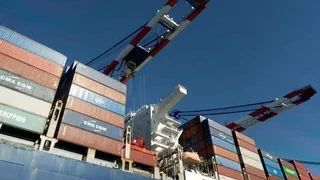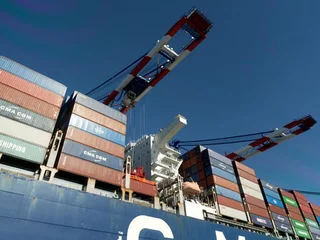By Maria Kalamatas | May 15, 2025
Cleveland —
The trucks are ready. The roads are open. The cargo is waiting. What’s missing is the driver.
In shipping yards across the Midwest and Southeast, dispatchers are bumping up against the same wall. Schedules don’t mean much when no one’s there to keep them.
It’s not a shortage. It’s a slow disappearance.
Veteran truckers—many of them in their late 50s and 60s—are stepping away from the industry. Some are retiring. Others are burning out. And the new generation? They’re simply not showing up.
“The job just doesn’t appeal like it used to,” said a fleet supervisor in Missouri. “You can’t sell 12-hour stretches, irregular pay, and sleeping in a cab to a 25-year-old anymore.”
The impact isn’t theoretical. Delays are climbing. Routes are going unfilled. And certain types of loads—especially those requiring certifications—are backing up in the system.
Even with wage increases and signing bonuses, the talent pipeline is thin. Training takes time. Interest is low. Competition from gig work and other fields only makes it worse.
Some companies are adjusting. They’re chopping up routes. Turning long hauls into regional relays. Pairing older drivers with apprentices. Others are investing in simulator-based training, hoping to compress onboarding time.
But the truth is simple: moving freight still takes a person in a seat. No automation. No workaround. No shortcut.
And if that seat stays empty, the ripple effects hit everywhere—groceries, building materials, medical supplies.
Local governments are launching campaigns. Industry coalitions are calling for immigration reform to open new labor channels. But those are long-term fixes. Right now, trucks sit still.
“We’re not losing contracts,” one logistics manager said. “We’re losing days. And days are expensive.”
If there’s a future where freight runs without drivers, it hasn’t arrived yet. For now, America’s freight economy still turns on people—and those people are disappearing faster than anyone planned.























